Establishing contact with customers via all possible digital channels is an important goal for B2B and B2C eCommerce businesses wishing to succeed on the modern market.
You may ask, “What is the most cost-effective way to achieve this goal?” The answer is, “Implementing a headless eCommerce platform.”
With an SAP headless commerce approach, retailers can significantly expand their outreach using a headless architecture approach, which implies complete separation of core commerce functions from the user experience layer. Read on to learn more.
With SaM Solutions’ SAP Commerce Cloud team, you get a robust ecommerce system and deliver personalized omnichannel experiences that increase your customer loyalty.
Headless Commerce Explained
In the world where every device is a potential communication channel between businesses and clients, it is more than wise to develop a strategy of omnichannel digital content delivery. But creating client-server apps and delivering personalized content separately for PCs, tablets, mobile phones, smartphones, interactive kiosks, IoT and other solutions means spending tons of effort, time and money, which is ill-advised for any company.
As a result, the demand for omnichannel experience in digital trading has led to the creation of headless commerce platforms.
The essence of headless architecture functioning is in decoupling the business logic layer from the content presentation layer. It means that you can centralize core commerce functions in the universal format within one solution in which you can store and edit data. Such a solution has no standard frontend or “head.” Instead, from this single system, you can spread content to any device, adapting it to each storefront with the help of APIs.
Actually, there could be an alternative name for this approach — many-headed architecture, because of multiple endpoints the platform is able to interact with.
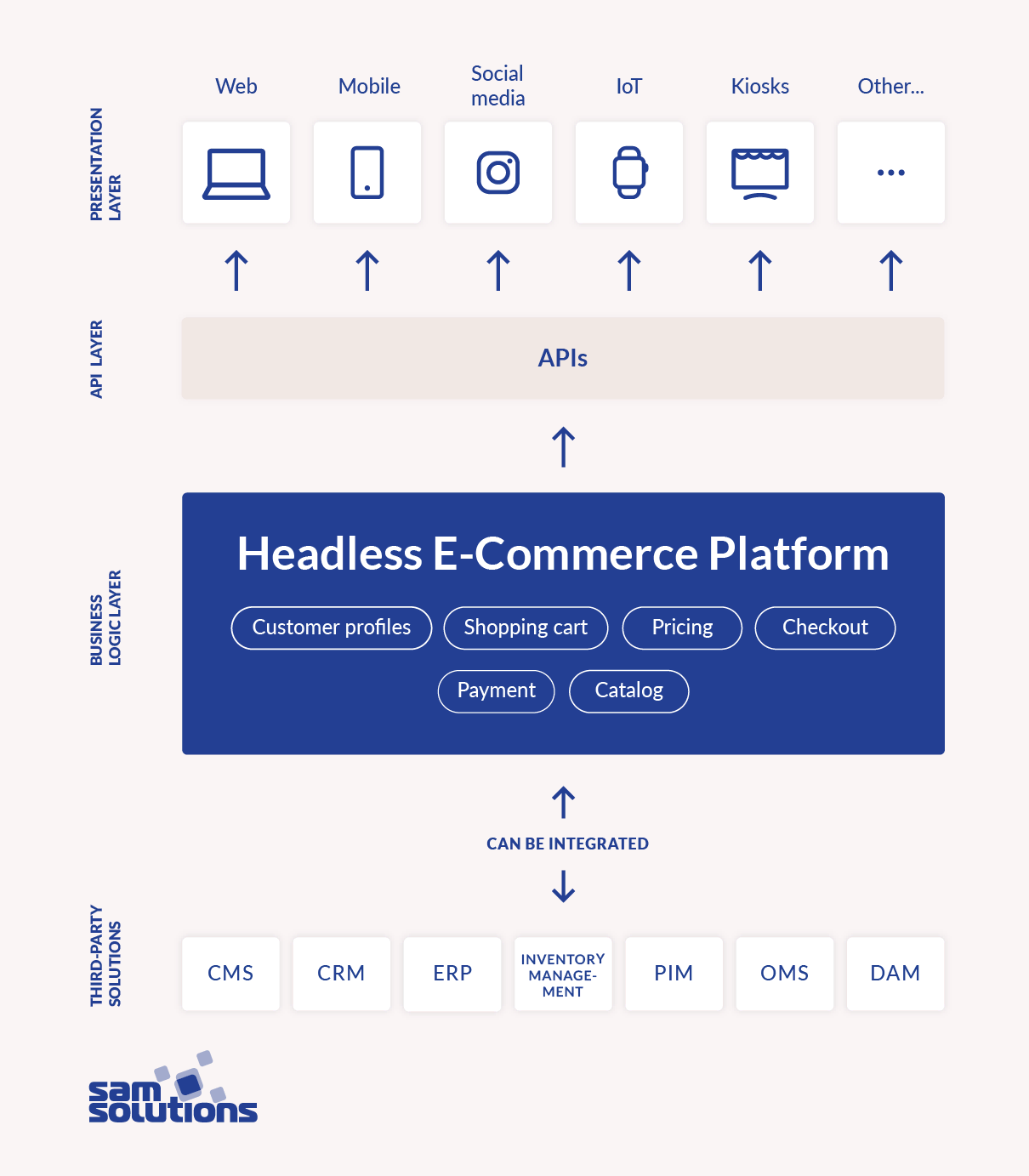
While a traditional commerce platform represents a big monolithic solution with numerous built-in components and minimal flexibility, a headless eCommerce solution focuses purely on business logic, providing flexible ways for customization and integration. To add the needed capabilities and functionality and to scale ongoing business processes, the platform can connect to external modules and systems such as:
- CMS (content management system)
- CRM (customer relationship management)
- ERP (enterprise resource planning)
- PIM (product information management)
- OMS (order management system)
- DAM (digital asset management)
- inventory management.
Since the backend and the frontend are not interdependent, companies can easily make changes without the need to rebuild the entire system, which allows for quick improvement of the customer experience.
What Does “Headless” Mean for Customers?
End-users interact with you headless solution through a variety of interfaces: be it a web app, a native mobile app, a point-of-sale solution, or zero-UI experience powered by voice recognition, users notice no difference and never know what type of architecture they are using.
Thus, “headless” for users means exceptional convenience, as it provides multiple touchpoints with a retailer.
Pros and Cons of a Headless Platform
Traditional commerce solutions lack personalization capabilities and put certain limits on frontend developers; consequently, they are less scalable and flexible.
On the contrary, a headless commerce solution, breaking the tradition of the full storefront and CMS integration, is a flexible service. This approach introduces some important benefits:
- Scalability — the system can be easily extended by technology-agnostic integrations with needed third-party modules.
- Unique customization — you can adjust the system to specific business requirements, which allows you to create a near-perfect customer journey.
- Instant reaction to market changes — independent development cycles for a functional layer and a presentation layer make it possible to react quickly to market fluctuations by conducting experiments and rolling out additional features.
- Improved security — decoupled layers make only the frontend publicly accessible, with the backend hidden, providing a better level of personal data protection.
Certainly, the approach involves some risks:
- Initial costs — since headless platforms are not a complete product, you have to initialize separate projects concerning frontend creation and other systems integration, which may increase time-to-value.
- More complicated control — the functionality in terms of content preview and presentation is limited with a headless platform, so you may need third-party integrations to perform certain tasks.
When Would You Use Headless Commerce?
- If you are currently using or are planning to use multiple channels to connect with your customers.
- If you want your commerce platform to be focused on user experience rather than on bare transactions.
- If your company has the required technical capabilities.
Going Headless With SAP Commerce Cloud
Within the SAP С/4HANA platform (former SAP Hybris) that is part of the SAP Customer Experience (CX) Suite, SAP Commerce Cloud (former SAP Hybris Commerce) represents a comprehensive cloud-native flexible solution for B2B, B2C and B2B2C companies.
SAP Commerce Cloud Features
- Omnichannel commerce
- Product content management
- Customer experience management
- Order management
- Industry-specific accelerators (travel, telecom, media, citizen engagement)
- Comprehensive real-time analytics in combination with SAP Marketing Cloud
Implementing this solution, companies get a 360-degree customer view, the ability to present products and services in the most favorable light and deliver a consistent cross-channel shopping experience to their users.
The great thing about this enterprise-grade solution is its immense versatility, meaning that companies are not limited by the functionality of a single canned solution but can integrate it with third-party systems.
Omni Commerce Connect (OCC)
Omnichannel commerce with SAP is enabled by an Omni Commerce Connect API. This module makes it possible to use a full range of SAP Commerce functionality across all existing touchpoints and add processes to new interfaces.
With Omni Commerce Connect you can view order details, manage product and customer data and integrate external systems to optimize processes.
OCC is based on RESTful web services and supports both XML and JSON representations, thus attracting more potential clients.
SAP Commerce Cloud Integrations
For many years the eCommerce vendors have been offering end-to-end platforms with proprietary storefronts and CMS for online trading. The integration with third-party solutions was theoretically possible, but in practice required substantial effort.
Initially, SAP relied on a single CMS Cockpit which consisted of a ready-to-use frontend template tightly connected to the backend. Both parts were built with ZK Framework.
In 2016, a company released the new-generation content management system named SmartEdit, which was a huge leap towards the headless approach. The solution’s architecture represents a clear decoupled system where the content delivery layer is completely separated from the management layer.
Contentstack

Today, there are numerous headless CMS solutions that can integrate with SAP Commerce Cloud, replacing a built-in SmartEdit. Among them, we can highlight Contentstack — a SaaS headless CMS with an API-first approach that manages structured content into data feeds.
Brands that decide to integrate Contentstack CMS into the SAP Commerce Cloud platform get the following advantages:
- A rich visual editor
- A set of publishing management tools
- No specialized training or development required
- Easy maintenance
- Framework-agnostic frontend
- Extensible integrations
- Ability to create cross-platform apps
- Reduced costs
As a result, businesses are enabled to deliver an excellent continuous omnichannel experience across numerous touchpoints.
Adobe Experience Manager (AEM)

You can also integrate SAP Commerce with Adobe Experience Manager — a hybrid CMS that combines the flexibility of a headless environment with the efficiency of centralized content management. The integration is available out-of-the-box and can be extended by additional features, e.g. search functionality.
In this efficient cooperation, SAP Commerce controls product information and order details, while AEM is responsible for data displaying and marketing campaigns.
Spartacus Storefront

To strengthen its position as the leader in Gartner’s Magic Quadrant for Digital Commerce 2019 and to follow the trend of offering a headless commerce solution, SAP released a built-in storefront named Spartacus in May 2019.
Spartacus is a single-page Angular-based JavaScript storefront geared specifically for the SAP Commerce Cloud platform. It communicates with the platform via the Commerce REST API and greatly complements SmartEdit.
The SAP team created Spartacus as an open-source product, so it is rapidly evolving due to the contribution of the community developers. Customers use Spartacus without additional fees.
Core Spartacus storefront features:
- Home page
- Search
- Categories
- Product details
- Cart page
- Adding to cart
- Checkout
- Order history
The storefront is able to meet the unique requirements of B2B and B2C companies on a global scale, covering most of the related business scenarios and delivering personalized experiences for all touchpoints. Since it is not a part of the eCommerce platform, any upgrades and improvements are performed seamlessly.
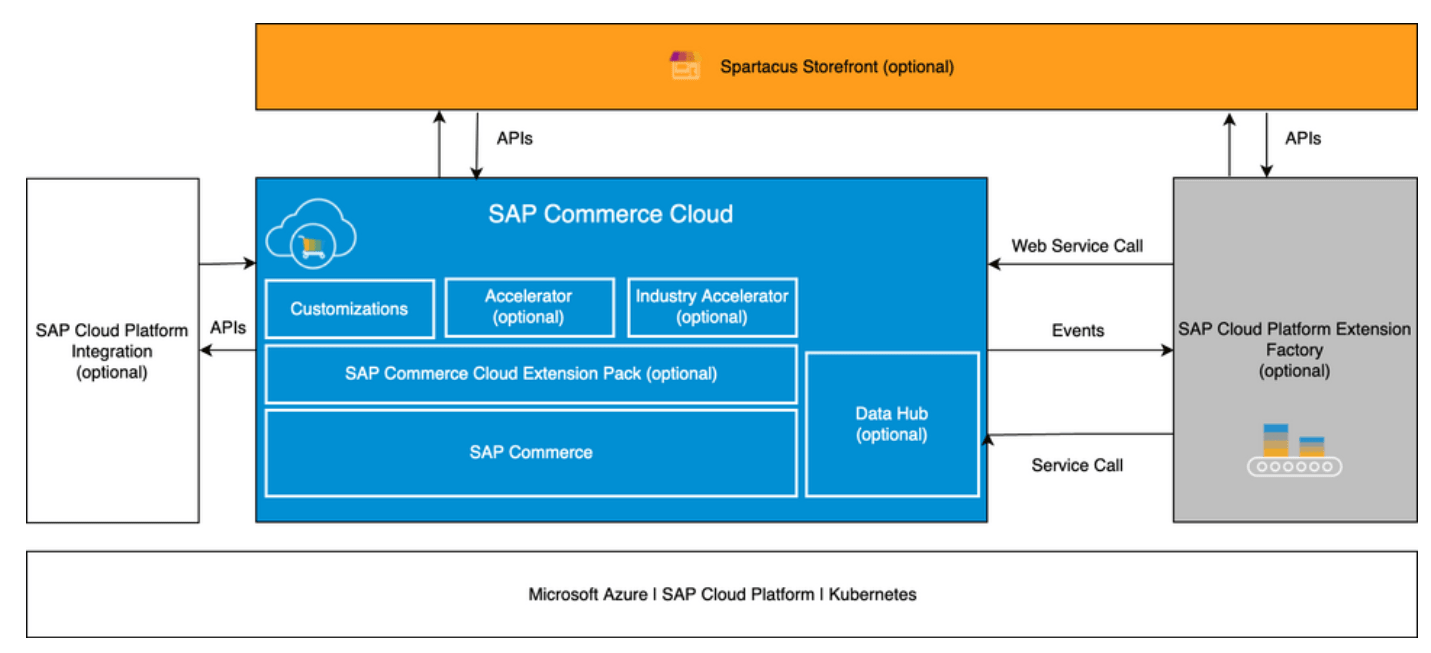
The SAP team also strives to ensure the full compliance of Spartacus with progressive web applications (PWA) in order to expand customer experience opportunities, regardless of devices.
SAP and SaM Solutions: Crafting the Headless Commerce Experience Together
The hands-on experience of the SaM Solutions team with SAP is six years. During this period, our company has been awarded the SAP Silver Service Partner status and has formed a team of 50 specialists, 25 of whom are certified SAP experts.
Having completed 20+ SAP-based projects, our specialists have gained experience in developing headless commerce solutions as well. Implementing SAP Commerce Cloud and Spartacus storefront, they’ve created an online store for a large metallurgical company. Another solution was based on the SAP CX and Adobe CMS integration.
How Can You Decide?
The truth is that headless eCommerce can perfectly suit some businesses, but it might not be necessarily right for your business. You should think within the realities of your company, considering your needs, budget and growth perspectives.
If you think that SAP headless commerce makes sense for your business goals, get in touch with our experts for a consultation and further cooperation.
New possibilities discover new horizons for your business!



























 5 Reasons Why Your Business Needs a Mobile eCommerce Application
5 Reasons Why Your Business Needs a Mobile eCommerce Application Using Salesforce to Improve Your Sales Pipeline: Five Tips
Using Salesforce to Improve Your Sales Pipeline: Five Tips Cross-Platform Mobile Development: Five Best Frameworks
Cross-Platform Mobile Development: Five Best Frameworks How to Develop Custom Accounting Software
How to Develop Custom Accounting Software 10 Best Web Development Frameworks in 2024
10 Best Web Development Frameworks in 2024
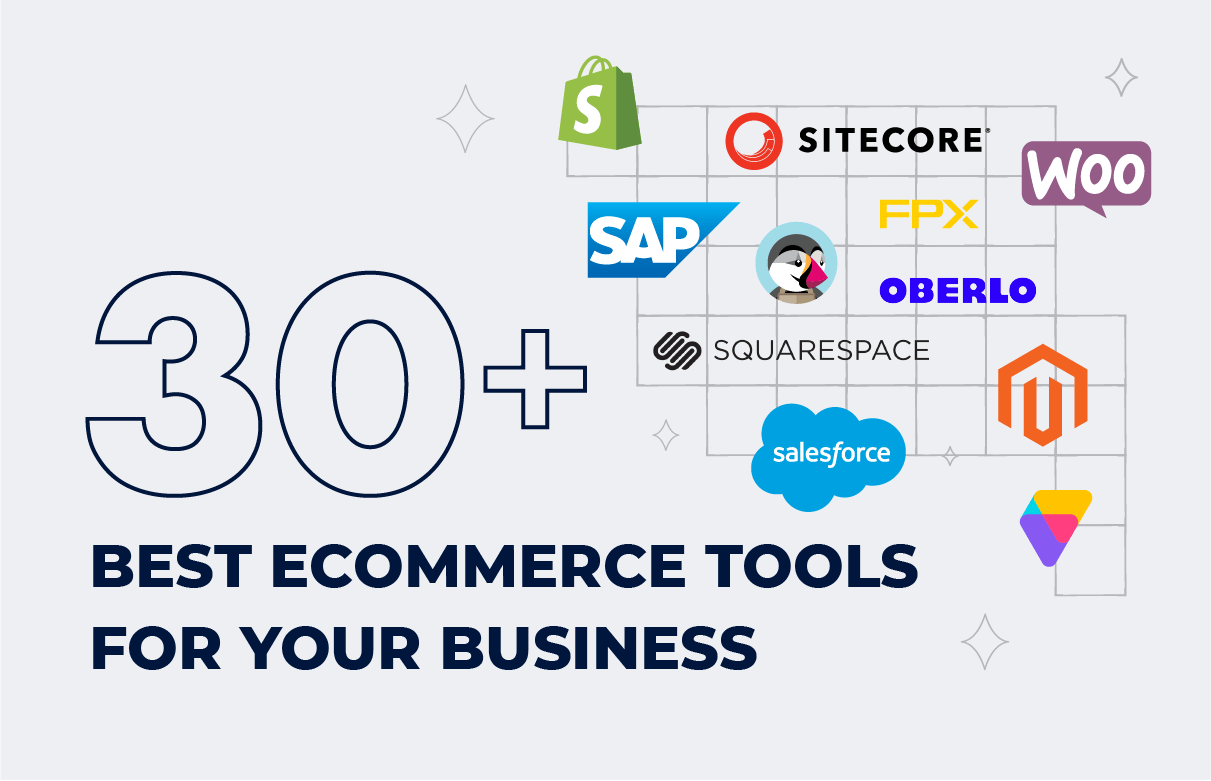



![What Is Ecommerce Customer Service? [Including 8 Best Practices]](https://www.sam-solutions.com/blog/wp-content/uploads/Customer-Service-in-eCommerce.png)



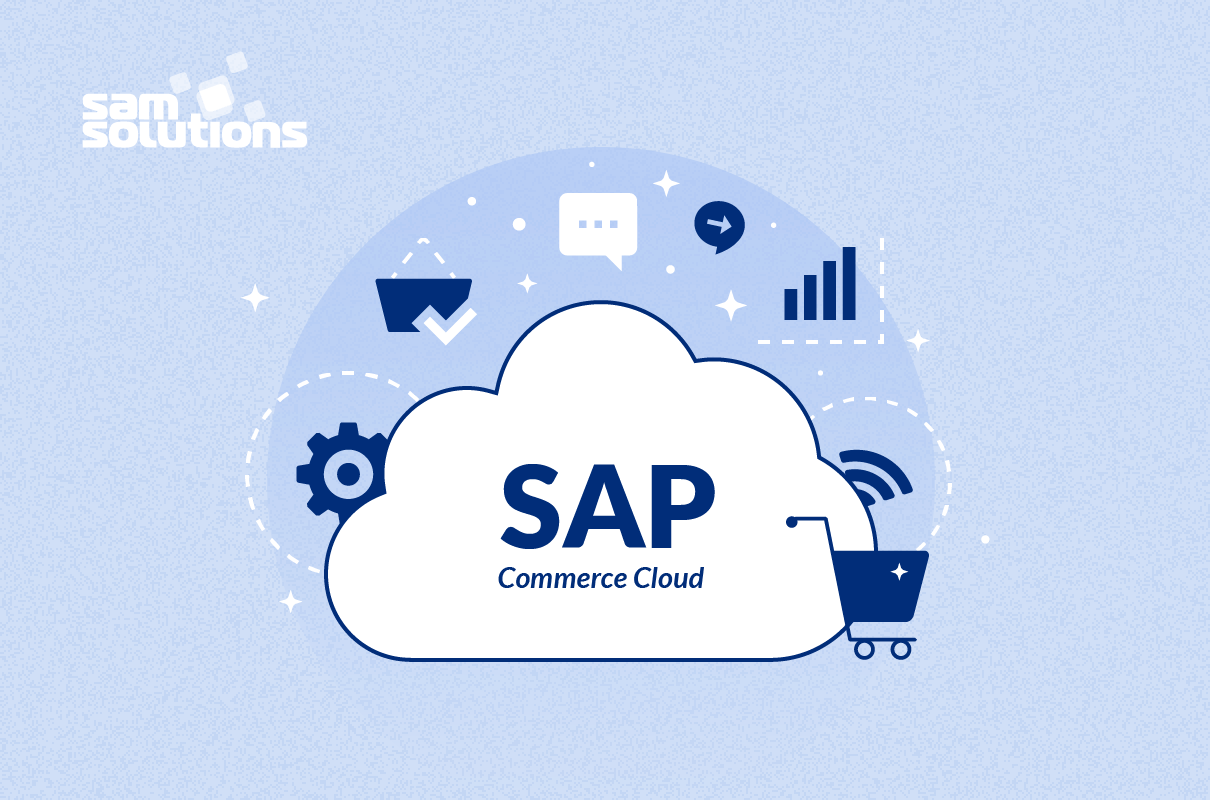


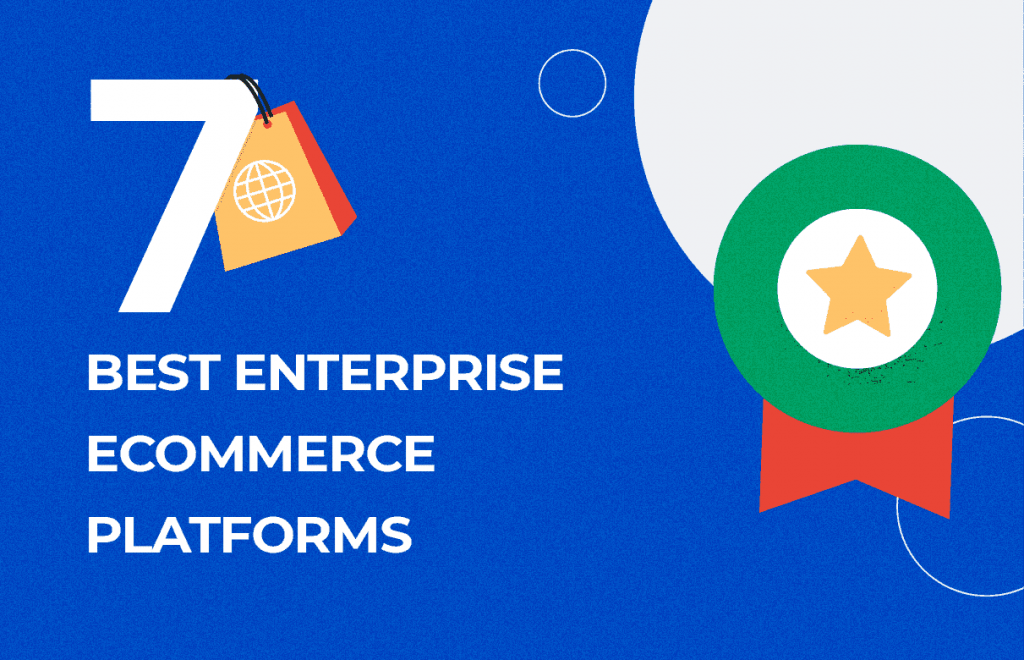
 Top 30 Ecommerce Tools to Elevate Your Business in 2024
Top 30 Ecommerce Tools to Elevate Your Business in 2024 5 Best Tools to Improve Embedded Software Testing
5 Best Tools to Improve Embedded Software Testing Why React and Node.js Are the Top Technologies for Creating High-Performance Web Apps in 2024
Why React and Node.js Are the Top Technologies for Creating High-Performance Web Apps in 2024 10 Best IoT Platforms for 2024
10 Best IoT Platforms for 2024
I think omnichannel is less important these days as a reason to choose for a headless CMS because you now you have PWA which function platform independent.
Hello, I am Kavin, its my first time to commenting anywhere, when I read this piece of writing I thought I could also make comment due to this brilliant post.
Simply amazing info guys! Cool stuffs.
Thanks very nice blog!